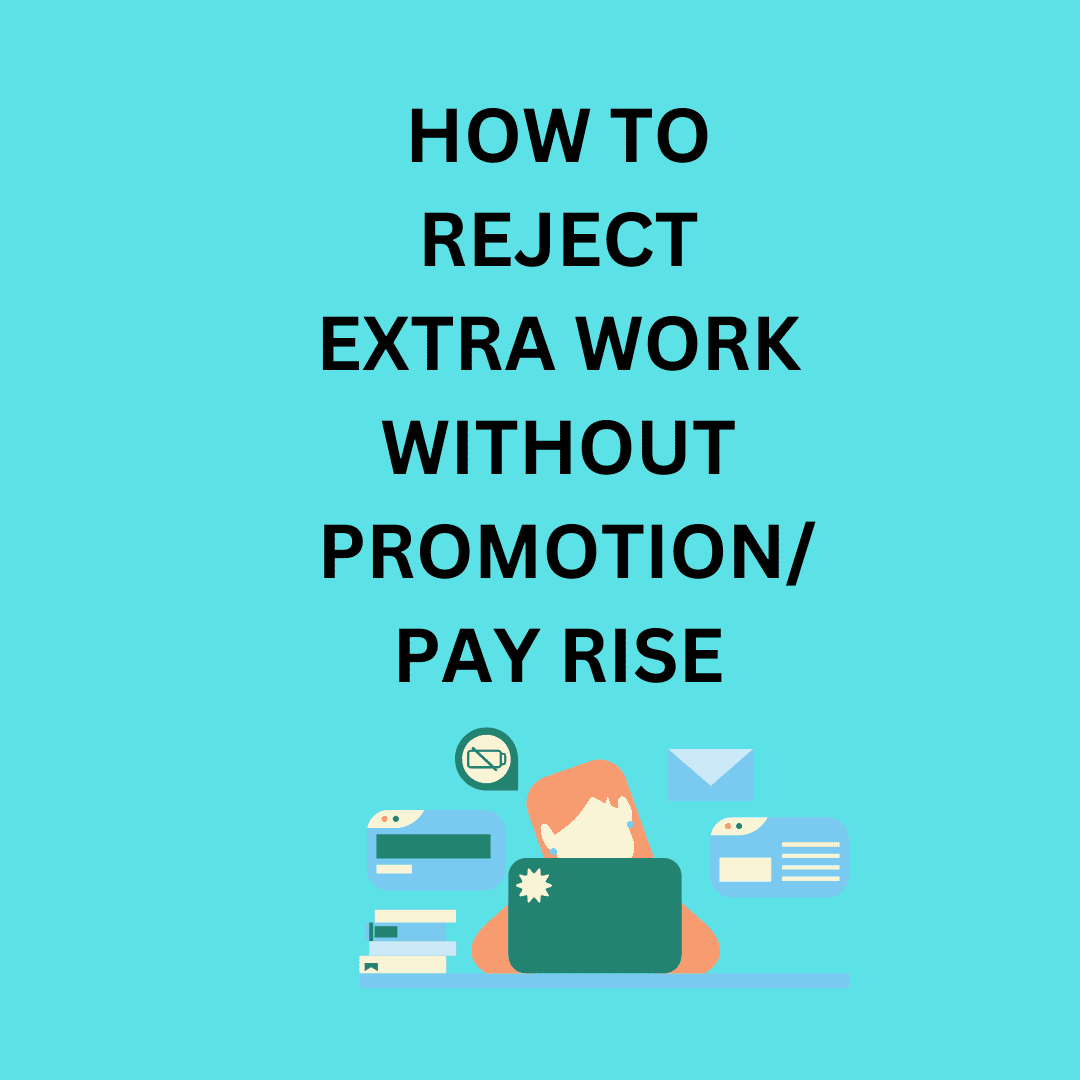As a working mum, we all need the services of a child care provider at some point. Statistics have shown that almost 60% of children under the age of five years across the world are in some form of non-family child care.
It is quite uneasy being unsure of the care your child is receiving while you are away from them. All parents need a caregiver that can be trusted to offer the best of care to our child (ren). There are daycare, nannies, baby sitters, and other traditional forms such as your family.
Daycare are good in that they they are certified, offer quality care, improves child social skills and offers other variety of development stimulation. However they may be costly, inconvenient and inflexible as you need to drop and pick up your child.
A nanny and baby sitters are more convenient , flexible and available with a lot of care stability but may be too costly to most moms. Also baby sitters tend to have a more rigid work role that is limited to childcare.
Unfortunately, the task of finding that high-quality child care service that meets your needs and expectations is a daunting one. To do this start by choosing a childcare type, then create a checklist of your needs, the short list potential care givers, and finally make a final selection based on your research.
Benefits of Daycare to Working Moms
Daycare are designated centers that offer standard hours of child day care services to children of varying ages. Depending on applicable laws, child daycare centers are required to be registered and certified to operate. Some centers offer child care necessities such as meals, field trips, diapers, drinks among other necessities.
- The center’s staffs are well trained and experienced in early childhood learning and childcare which translates to a high quality of care.
- The type of care is a favorite for many because of the more structured classroom-like environment.
- A child easily develops social skills from the social interactions with other children of the same age.
- They offer a variety of learning and play activities, facilities, equipment, supplies and activities that other forms of care lack.
- The children are exposed to learning at an early age which offers for a smooth transition to formal schooling.
Drawbacks: You will need to drop your child (ren) and pick them up from the center in the evening. This arrangement is very inconvenient and inflexible especially for mums who need to start work early or work till late. The center may also be a distance from you which will make the whole arrangement costly and time consuming. For instance I would only prefer child care centers near me.
Read: Questions to Ask During Daycare Tour
Benefits of Nannies to Working Moms
A live-in/in-home child care involves a nanny as a caregiver who will live in with you and offer child care services from your home. They will commit full-time hours to you and will work as your employees.
- Live in nannies offers the flexibility and convenience that most moms need. You will be able to start work early or work till late as you are guaranteed you child(ren) are in great care.
- A live in nanny is a very convenient and affordable child care especially if you have more than one child under care.
- The arrangement offers a sense of security and safety, which will let you work comfortably and optimally while you are out there. If you are lucky to have one that stays long, your children will enjoy great stability.
- Live-in nannies will offer extra help around the house than other child care options. They can clean, cook and do laundry for the family.
Drawbacks : This type of arrangement may cost more than other types of care. Besides, you will offer them room and board. Also the child may lack interaction with other children of the same age that may hamper their social skills.

Benefits of Baby Sitters to Working Moms
This type of child care service involves a sitter that comes daily to your home. They offer standard hours as they come in the morning and leave in the evening or other required hours.
- They may offer hour-based service and hence may be cheaper for part-time care needs.
- They come in handy if you just need to run a few hours errand.
Drawbacks: Baby sitters are less convenient and costly if child care services are needed on a long term basis. They are also inflexible as they only work standard hours. They are hence not appropriate if you work odd hours such as an in the early morning or late in the night.
Other Childcare Alternatives
There are other child care services are available as well. If your child is almost of school age, you have alternatives such as preschools programs, and school-age programs among others. This may vary from one region or country to another. You may also consider other traditional caregivers such as your friends, relatives, and family if they are available to you.

Simple Steps to Find the Right Childcare Option
Step 1. Choose a Child Care Type
The first step into finding quality child care is deciding on the type of child care services that will be the most appropriate for you. You can choose from daycare centers, in-home nanny, and day-burg/baby sitters among other traditional forms of care.
There are different benefits and drawbacks associated with each type that you will need to weigh. Here you have to consider flexibility, convenience, cost and availability among others. Ensure both you and your child (ren) needs are factored in.
Your choice should be a care that conveniently lets you meet your work demands and at the same time keeps your child needs a priority. In addition it is affordable, flexible to your home needs and available when you need it.
Read: Nanny or Daycare for your Infant
Step 2. Create a Checklist of Your Child Care Needs
Once you have identified your desired child care type, create a list of your child care needs. Include everything you consider important to you and your child such as profile, basic training, experience, period, characters, and credibility among others.
Also, include your limits/expectations from your childcare provider’s such as required skills, remuneration, terms of engagement among others. You will use this list to shortlist potential caregivers and finally select one.
The list may differ depending on your desired child care type. You may need different things from a day care center than from a live-in nanny.
For Live-in nannies and day burgs, your list may include
- Age: Under 30
- Gender: Female
- Citizenship: Foreign
- Language: English
- Salary: under …
- Training: Caregiving, first aid, driving etc.
- Skills: Cooking, swimming
For Day Care Centers, things to look out for include
- Legality: Licensed and certified
- Location: Close to home or office
- Flexibility: Offers extended operating hours i.e. early opening, late pickups,
- Safety: First aid kits, hygiene, adult-child ratio, supervised play, etc.
Read: How to Conduct a Short Nanny Trial
Step 3. Shortlist Potential Care Providers
Once you have a list of needs that the desired caregiver needs to fulfill, the most crucial stage is actually finding the caregiver that meet those needs. Do research and put on your list providers who are close to what you are looking for. Include key information such as location, referral contacts, and charges among others.
Get recommendations and referrals from family, friends, relatives and colleagues of the service provider. If you are shortlisting nannies, call their referrals and past employers to learn more about their work, weaknesses and why they left the employer.
For daycare centers inquire about the service from parents already using the service. Read reviews on their websites and social media pages as well. Your local county office can help with the list of licensed centers within your area to look into.
Once you have adequate information, narrow down your list to the providers closely fitting your needs . Keep the number to a minimum of three.
Read: How to Find Nannies and Baby Sitters on Short Notice
Step 4. Select Care Giver Matching Your Needs
Using the information you have gathered you will be able to have about three potential caregivers whom any can be your future child care giver. To be able to make the right pick, an interview is appropriate.
The physical interaction with your possible future daycare or nanny will help you get a feel of their physical energy and vibe. During the interview get as much information from them as possible which you will use in selection.
For nannies, find out their flexibility on their off days, other personal commitments, expected duration of stay with you, and experience in child care-giving, among others. Also discuss your child/home unique needs/rules and find out if the nanny will abide. Be sure to learn about their limitations and weaknesses too.
For a day center, verify the information you have already gathered. Visit the center and get the feel of their child care routine. Assess the facilities on how best they meet your needs. Speak to one of the administrators and get the information on their licensing, certification, staff qualifications, policies and general operational rules among others. Armed with all is information, you will get just the right match; the one who closely meets your needs, and is affordable.
You may feel it unsure about engaging your care giver on a long term basis right off. If so first engage your caregiver for short period for a trial run before entering into a binding contract. You can use this period to judge whether you are happy with their services or not. Learn how to conduct a short effective trial here.
Discuss beforehand how you want everything handled and run. Be patient in giving instructions such as feeding time, screen time and bathing procedures among others. Your caregiver needs to learn your child new care routine such as meals, sleep and play among others. Also give room for improvement and adjustment. Remember that both your care giver and child will need to adjust and transition into the new arrangement.
During this period lookout for changes such as how your child (ren) behaves around your caregiver, changes in moods, signs of tensions such as fear and crying among others. If after this you are happy with the services you are receiving then you can sign them up for a long term engagement.
Related Articles
How to get Family and Friends to Help Baby sit
Childcare Options During School Holidays
Finding Childcare on Sitter-city



